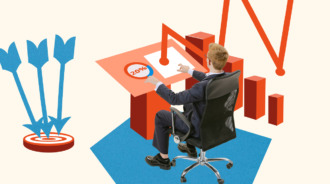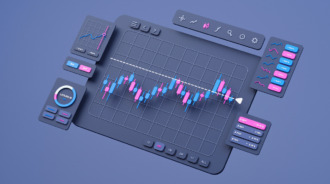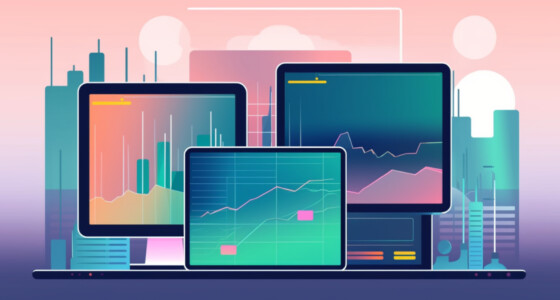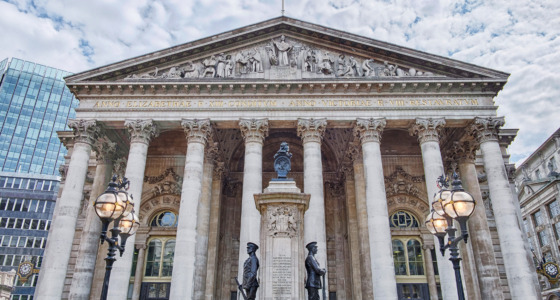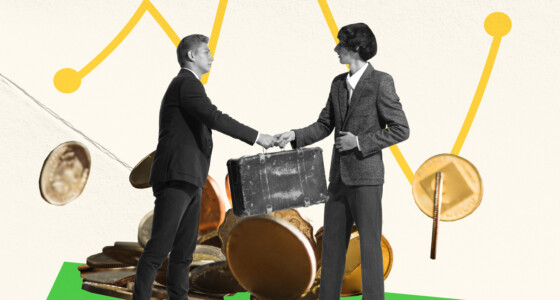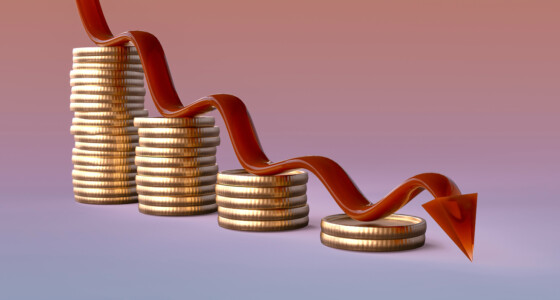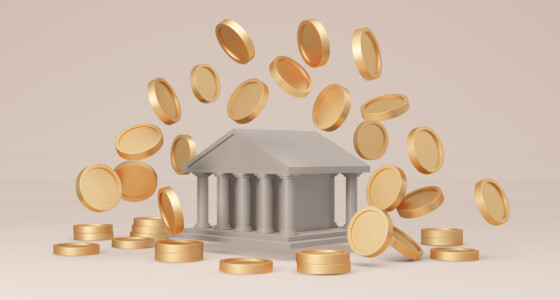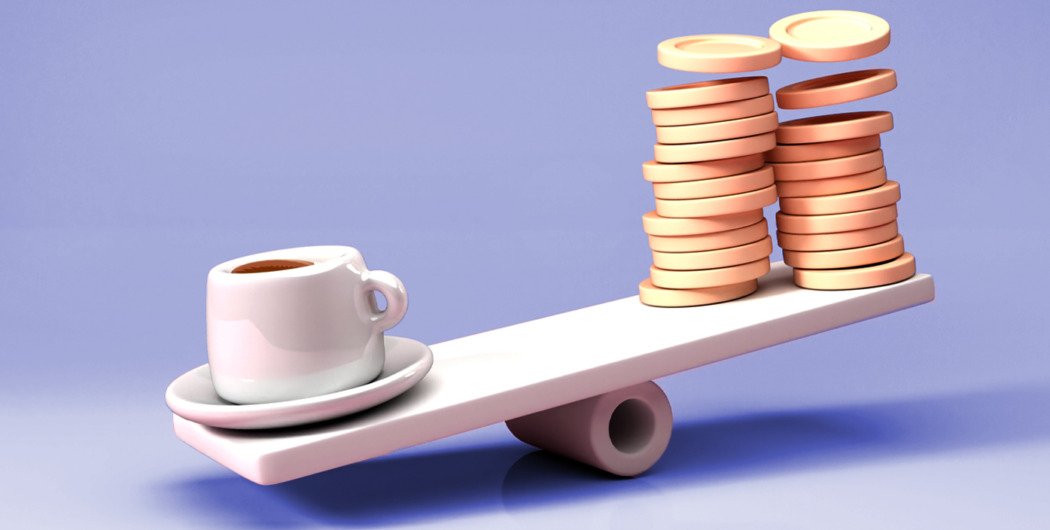

According to economics, inflation is the rate of increase in prices over a given period. When the general price of goods and services rises in an economy, it leads to a reduction in the purchasing power of that economy. However, the case is a little bit dire in the case of hyperinflation.
So, what is hyperinflation?
An economy is experiencing hyperinflation when the cost of goods and services is increasing at a rate of more than 50% per month. This situation describes a rapid, excessive, and out-of-control rise in the price rate in an economy. While inflation represents a gradual rise in the price of goods and services, hyperinflation usually measures a rise of more than 50% rise per month.
A fun fact about inflation is that it is linked more closely with deflation than it is with inflation. This usually stems from a lack of confidence in the economy’s currency. Interestingly, there are different reasons why hyperinflation occurs in different societies.
What causes hyperinflation?
The major cause of hyperinflation is a large increase in the money supply in the economy. When there is too much money in the economy against a few goods and services, it often results in hyperinflation. The prerequisite for hyperinflation is demand for goods or services exceeding supply.
Some events are the usual culprits of hyperinflation. These events may include war or natural disasters that reduce the availability of essential materials and services. This results in competition for the few available needs in the economy. The holders of these goods or services can, in turn, charge whatever they want for their goods or services.
Another hyperinflation-causing culprit is the central bank or financial institution of an economy. The central bank manages the currency in circulation in an economy. If the central bank increases the amount of money in circulation, this can lead to hyperinflation if this increase is not done properly.
The usual intervention during a recession where the central bank makes loans cheaper and reduces interest rates encourages people to spend more. While this can lead to an increase in spending and the creation of jobs to boost the economy, it also holds the risk of spiraling out of control when demand exceeds available supply in the economy, therefore, leading to hyperinflation.
Excessive money supply
Banks are usually the institutions responsible for circulating the money supply. However, certain historical events may require a boost in the money supply. This often happens during times of depression or recession in the economy. In such cases, the banks may increase the amount of money sent into circulation.
This action is backed by two reasons: to encourage lending from banks and to prompt consumers to borrow. This way, people can keep spending money, which helps world trading and boosts the economy.
That being said, things do not always go according to plan. Sometimes, the money supply increase is not associated with economic growth. In these cases, it can easily lead to hyperinflation. Due to the absence of economic growth, many business owners are forced into increasing their prices just to remain afloat.
Demand-pull inflation
Demand-pull inflation happens when the demand becomes too high for the supply to handle. As there are not enough goods in storage or services available to meet the demand, companies are forced into restocking more often. This is essential to keep up with the demand. This will also lead to a price increase due to the added effort.
How to prepare for hyperinflation
One thing that people need to remember is that hyperinflation does not happen that often. This is especially the case with countries that have a steady banking system – one that keeps inflation under control. Still, it can happen, which is why you need to take a few precautionary steps.
If you are an investor, keeping a diversified portfolio may help cut your losses during periods of hyperinflation. Investing in the right assets may also help you increase your profits rather than lose any of them.
For example, if you invest in real estate or commodities, you can reduce any negative effects that inflation may bring your way. In fact, the effect may be beneficial. Very often, during times of inflation, the value of these assets will increase.
Make sure to look into Treasury Inflation-Protected Securities (TIPS) as well. This way, you will be protected against inflation, regardless of your capital. The principal will adjust following the inflation, so you will not be able to feel any losses.
Exchange-traded funds and mutual funds can also be highly effective in protecting against hyperinflation. These two practice inflation swaps, so the effects on your portfolio may be less visible.

Real-world examples of hyperinflation
As we noted, hyperinflation is a very rare occurrence. It can take decades for a new “episode” to happen in the same country, and even then, chances are low. However, when it does happen, it sets an example. Here are a few cases of hyperinflation throughout the world.
· Hungary
Back in 1945, sometime after World War II, Hungary went through a time of hyperinflation. While this was not the first hyperinflation to ever occur in Hungary, it was certainly the most severe one. At the peak of this inflation, prices were going up by 205% every day.
· Zimbabwe
Starting with March 2007, after a period of extreme drought, Zimbabwe went through a significant GDP reduction. This caused the country to borrow more than it produced, leading to a period of hyperinflation. At its peak, the daily inflation rate was 98%, and the situation lasted for two years.
· Yugoslavia
Yugoslavia had one of the longest hyperinflation episodes in history, lasting a total of 24 months. Prices were nearly doubling every day, in a context where the average yearly inflation was already 76%.
Due to an incident where a significant amount of money was stolen from the national treasury, more money had to be printed. This caused an episode of hyperinflation starting in 1991, where the inflation rate went up by 313,000,000%.
What will happen during hyperinflation?
In short words, hyperinflation is a harsh period for any economy. An economy that sees a continuous increase in prices will see an increase in the hoarding of goods and services to avoid paying much more tomorrow. This type of behavior in the economy will further promote the shortage, which fuels the demand and price to continue to climb.
While it is very easy to fall into the hyperinflation trap, it is hard to control. It mostly leads to a massive decline in currency value, mass unemployment, and a short supply of goods and services, among other things.
How long does hyperinflation usually last?
Hyperinflation period differs from country to country. Hyperinflation in Germany lasted for more than 3 years as a direct result of the war. In Zimbabwe, its economy suffered hyperinflation between 2004 and 2009. During this period, the Zimbabwean government printed money to finance the war in the Congo. Coupled with drought and a short supply of food and other goods, it resulted in far worse inflation in comparison to that of Germany. Inflation was up by up to 98% per day, and prices doubled almost every 24 hours. Zimbabwe retired its currency and replaced it with multiple foreign currencies as a means of exchange.
Who benefits from hyperinflation?
While people may consider hyperinflation a bad experience, what should you do if you are ever in an economy experiencing hyperinflation? Well, there are a couple of steps you can take to secure yourself from inflation.
The first thing you will want to do is diversify your assets. You can balance your stock between your current country and international stocks. Gold and other hard assets like real estate are valuable in this period.
The second thing you need to do is to keep your passport handy. In a situation where the standard of living has deteriorated drastically and is fast becoming intolerable, you may need to temporarily leave your current country for a more stable economy.
Hyperinflation winners and losers
During an economic hyperinflation period, borrowers and real estate owners are usually the biggest winners. People who have gainful employment that is renegotiated are also some of the biggest winners. Producers of goods and services are also able to cope well with the products they can produce and exchange with money.
Unfortunately, people with fixed incomes like students and pensioners are on the other end of the stick. People who have savings and have lent money are badly hit as this money becomes more worthless during the days of the hyperinflation period.

